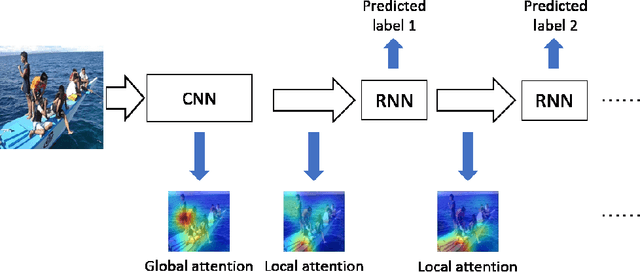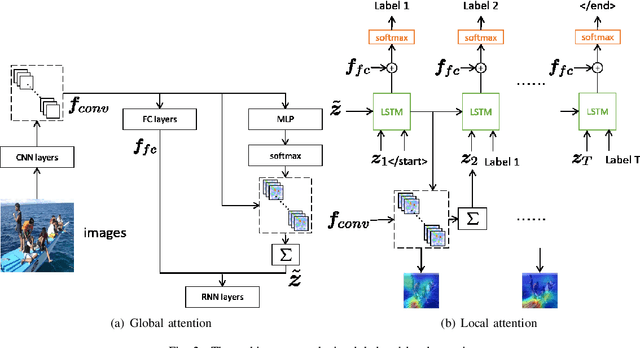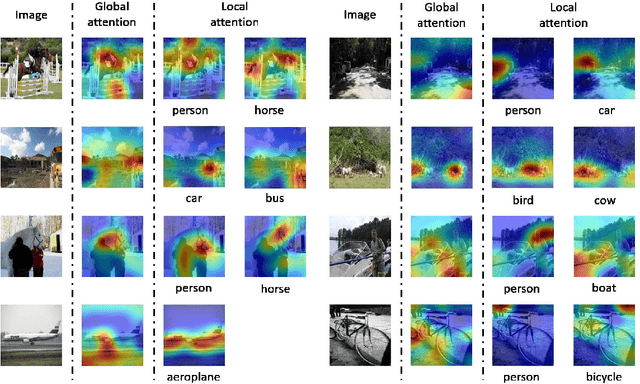Zhengtian Wu
Reinforcement Causal Structure Learning on Order Graph
Nov 22, 2022



Abstract:Learning directed acyclic graph (DAG) that describes the causality of observed data is a very challenging but important task. Due to the limited quantity and quality of observed data, and non-identifiability of causal graph, it is almost impossible to infer a single precise DAG. Some methods approximate the posterior distribution of DAGs to explore the DAG space via Markov chain Monte Carlo (MCMC), but the DAG space is over the nature of super-exponential growth, accurately characterizing the whole distribution over DAGs is very intractable. In this paper, we propose {Reinforcement Causal Structure Learning on Order Graph} (RCL-OG) that uses order graph instead of MCMC to model different DAG topological orderings and to reduce the problem size. RCL-OG first defines reinforcement learning with a new reward mechanism to approximate the posterior distribution of orderings in an efficacy way, and uses deep Q-learning to update and transfer rewards between nodes. Next, it obtains the probability transition model of nodes on order graph, and computes the posterior probability of different orderings. In this way, we can sample on this model to obtain the ordering with high probability. Experiments on synthetic and benchmark datasets show that RCL-OG provides accurate posterior probability approximation and achieves better results than competitive causal discovery algorithms.
Coarse to Fine: Multi-label Image Classification with Global/Local Attention
Dec 26, 2020



Abstract:In our daily life, the scenes around us are always with multiple labels especially in a smart city, i.e., recognizing the information of city operation to response and control. Great efforts have been made by using Deep Neural Networks to recognize multi-label images. Since multi-label image classification is very complicated, people seek to use the attention mechanism to guide the classification process. However, conventional attention-based methods always analyzed images directly and aggressively. It is difficult for them to well understand complicated scenes. In this paper, we propose a global/local attention method that can recognize an image from coarse to fine by mimicking how human-beings observe images. Specifically, our global/local attention method first concentrates on the whole image, and then focuses on local specific objects in the image. We also propose a joint max-margin objective function, which enforces that the minimum score of positive labels should be larger than the maximum score of negative labels horizontally and vertically. This function can further improve our multi-label image classification method. We evaluate the effectiveness of our method on two popular multi-label image datasets (i.e., Pascal VOC and MS-COCO). Our experimental results show that our method outperforms state-of-the-art methods.
 Add to Chrome
Add to Chrome Add to Firefox
Add to Firefox Add to Edge
Add to Edge